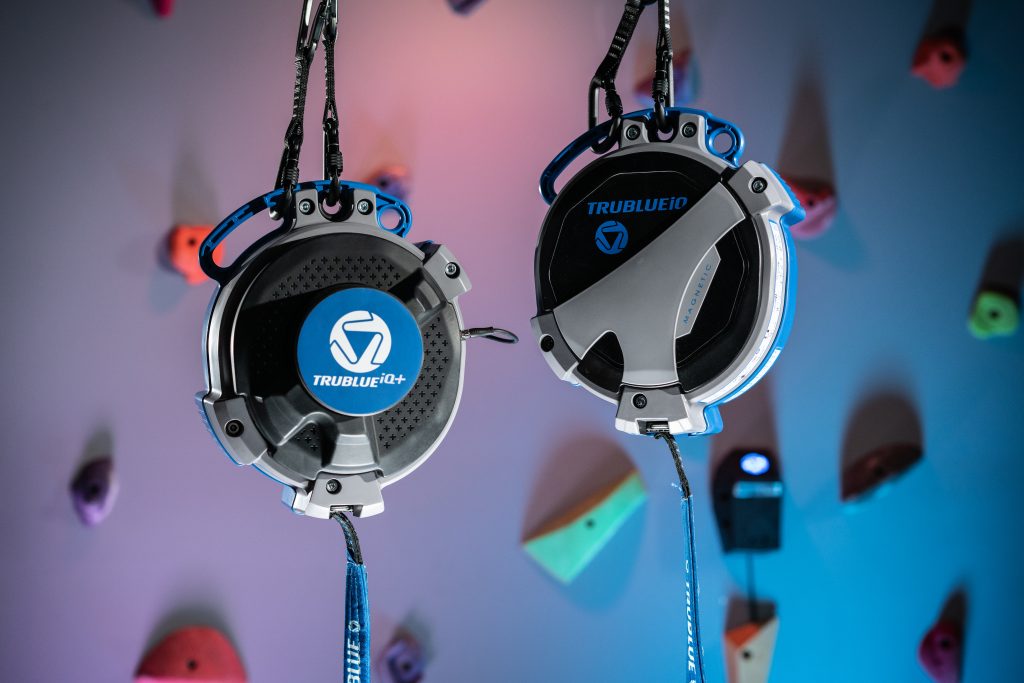At our core, we are an engineering and design company. We use our patented magnetic braking technology and our engineering expertise to create awesome adventure experiences for the user while improving business operations. All Head Rush products are designed and manufactured with those primary goals in mind.
And because we create adventure products, reliability is essential. If you are climbing, zip lining, or jumping into thin air, you want to be enjoying the thrill without worry. For operators of these facilities, a commitment to risk mitigation is key to being successful. Our devices are trusted around the globe to be reliable and to manage the risk inherent in these adventure experiences. In this post, the first of two, we'll explore a few of the ways we design for reliability.
Team Effort
Of course, it needs to be noted that our devices don't exist in a vacuum. We design, make and sell our devices, but then we rely on our customers to read the device manuals and to properly install, inspect, maintain and operate the devices. As life safety devices, we require annual service for all our devices, and this is an essential piece of ownership. Regular webbing inspections are also a key piece of ownership. The webbings on all our devices should be inspected regularly and completely to monitor wear, and the webbing should be replaced when necessary. Learn some tips to maximize the life of your webbing.
The Unknown
When a new climber experiences a TRUBLUE auto belay for the first time or a jumper is preparing to leap into thin air with the QUICKflight, there is often a hesitation as they look at this unknown device about to catch them and lower them to the ground. They can't see the inner mechanisms involved, and the science behind our magnetic braking technology can sometimes sound like magic. They don't know about the testing involved in developing the devices or the safety standards we abide by. They put their faith in our engineering and manufacturing and take the leap.
We understand that initial hesitation, but we also love to see people try our devices for the first time and have smiles on their faces by the time their feet are back on the ground. They take the leap with our QUICKflight or FlightLine free fall devices, let go at the top of a climbing route with the TRUBLUE auto belay, or come zipping in for a smooth landing with the zipSTOP zip line brake. Whichever device of ours they are experiencing, we want it to be exciting, fun, and smile inducing.
Reliability
Our devices use eddy current magnetic braking to provide easy and reliable adventure experiences and to mitigate risk. Unlike other methods of braking, magnetic braking does not rely on any contacting parts. The movement of aluminum arms through a magnetic field creates eddy currents within the aluminum arms. These eddy currents, named for their circular motion like eddies in a river, oppose the force of the magnetic field and therefore provide a braking force. All of this happens with no contact.
This is a very unique feature of our devices. No contacting parts means we offer increased reliability devices while also reducing the maintenance costs. There are no friction brake pads to wear, potentially fail, and need replacement. No hydraulic systems need to be inspected on-site and re-pressurized. Our technology offers the peace of mind you want when jumping from 50 feet, letting go at the top of a climbing route, or zipping down a cable at speeds up to 37 miles per hour.
More Braking
Imagine standing on a platform high above the ground and preparing to jump off for no reason other than for fun and excitement. It goes against every natural instinct to take that leap, and the last thing you want to be thinking about is the device that is going to catch you. Our magnetic braking technology is trusted around the globe and designed to give participants a worry-free adventure experience.
Again, the magnetic braking in our devices does not involve any contacting parts so there are no sacrificial wear parts. Having a backup is always important, though, and our devices have a fail-to-safe design. For example, as the TRUBLUE auto belay is designed, if something were to fail within the braking system of the device the only two things that could happen would be the climber lowers very slowly (much slower than normal), or the system prevents any movement of the participant.
In the end, we create adventure products where reliability is essential and risk mitigation is key. We want users to enjoy the experience with no worries and businesses operating smoothly and efficiently. That requires a team effort with the customers conducting proper inspections and performing proper maintenance and operations while we work to create the best-designed adventure products.
In parts two and three of this series we will cover the safety standards Head Rush products abide by, the total number of cycles estimated to have occurred on our devices, and best practices for mitigating risk and ensuring proper use of our devices. Stay tuned.



